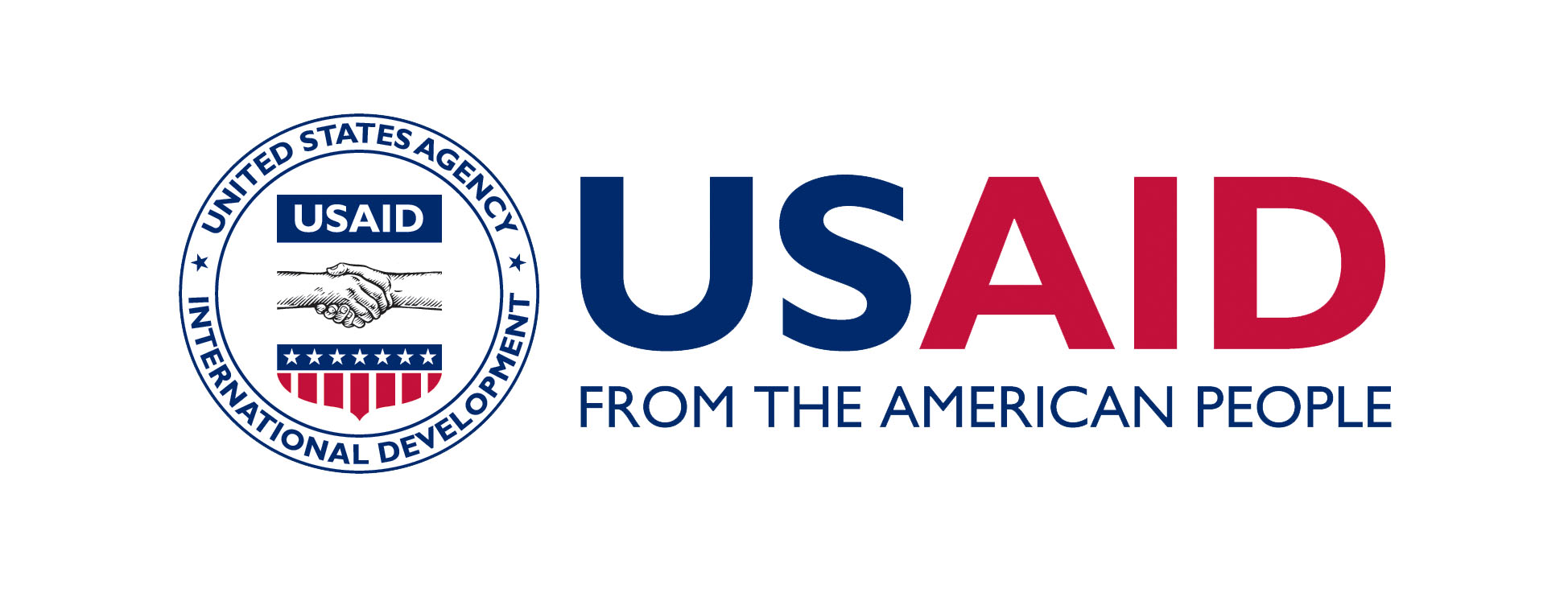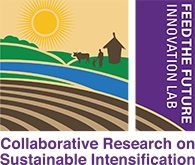In February 2018, the Feed the Future Sustainable Intensification Innovation Lab’s Geospatial and Farming Systems Research Consortium (GFC) conducted a training on small unmanned aerial systems (sUAS) for students and researchers at the Royal University of Agriculture in Phnom Penh, Cambodia.
Category: GFC
The Rural Household Multiple Indicator Survey (RHOMIS): evaluating where and for whom Sustainable Intensification works
What is RHOMIS?
There is an urgent need for tools that produce standardised, coherent, cost-effective and decision-relevant information to support efficient and impactful development programming. The Rural Household Multi-Indicator Survey (RHOMIS) framework (www.rhomis.org) does just that, and provides an implementation-ready solution that produces quantitative information for planning and monitoring investments in sustainable intensification across a range of rural contexts.
(RHOMIS) framework (www.rhomis.org) does just that, and provides an implementation-ready solution that produces quantitative information for planning and monitoring investments in sustainable intensification across a range of rural contexts.
RHOMIS is a flexible digital platform built on open-source software that can be easily modified to meet a range of needs while collecting a core set of data that feeds into a global discussion on the success of sustainable intensification.
In recent work, supported by the Feed the Future Sustainable Intensification Innovation Lab’s Geospatial and Farming Systems Research Consortium (GFC) and AfricaRISING Ethiopia, both part of the USAID funded Feed the Future portfolio, RHOMIS data has been used to better understand and quantify the trade-offs and synergies inherent to households adopting sustainable intensification using the SIIL-developed Sustainable Intensification Indicator Assessment Framework (https://www.k-state.edu/siil/resources/framework/index.html). The data we collect with RHOMIS is also used to track household and landscape-level progress towards achieving several of the Sustainable Development Goals, in particular SDG 1 (no poverty), 2 (zero hunger) and 5 (gender equity).
Senegal UAS Training- October 2017
In October 2017, the Feed the Future Sustainable Intensification Innovation Lab’s Geospatial and Farming Systems Research Consortium (GFC) conducted a training in Senegal on data collection methods using tablets and small unmanned aerial systems (sUAS).
Conservation Challenges for Sustainable Intensification of Agriculture in Africa

Protected areas (PAs) are critical for conservation of species and ecosystems. Since 1990, global terrestrial area designated as PAs has increased more than 50% (Juffe-Bignoli et al., 2014). While PAs are often criticized for negatively impacting the livelihoods of marginalized rural communities, contrasting dynamics have emerged outside PAs. Increasing employment opportunities, resource availability, and improved market access in PA buffers have led to higher rates of population growth in these areas compared to other rural areas (Wittemyer et al., 2008). As human populations expand and encroach upon natural habitats, many animal species face increasing competition with people for resources and space, often resulting in habitat loss and degradation. The effectiveness of PAs is also impacted by what takes place outside their boundaries (Hansen and DeFries, 2007). Species such as wildebeest (Connochaetes taurinus) use areas outside reserves for their annual migration, while African elephants (Loxodonta africana) range widely and routinely leave protected areas. Agricultural conversion and urban expansion disrupt the wildlife corridors and restrict animal populations within PAs. As a result, some species, such as the African elephant, are coming into increasing conflict with people. Human-elephant conflict takes many forms, from crop raiding to infrastructure damage, and can cause injury or death to people and/or elephants. This presents a critical challenge for PA management and food security of local communities.
Continue reading “Conservation Challenges for Sustainable Intensification of Agriculture in Africa”




